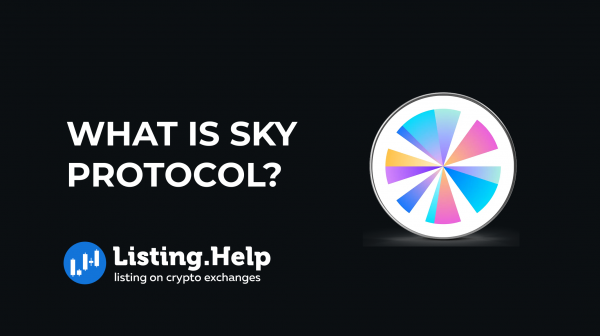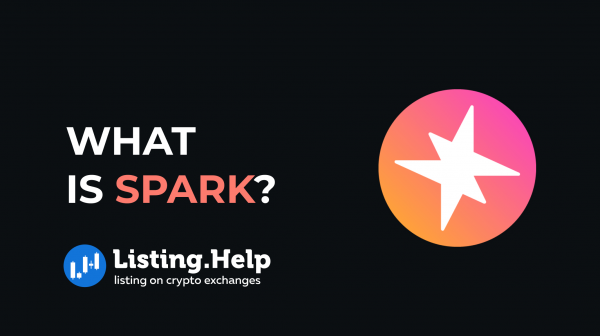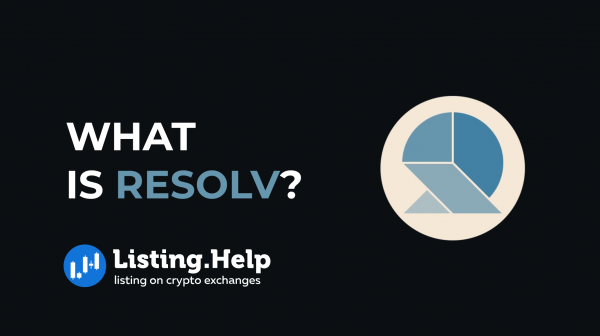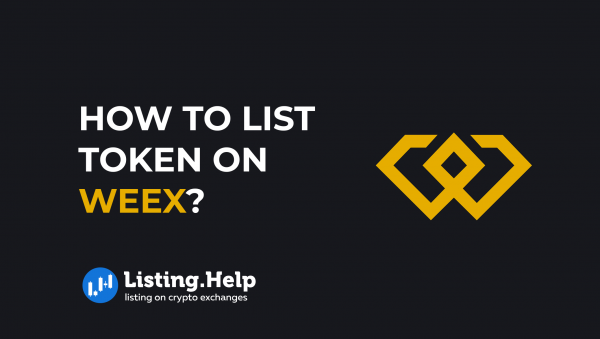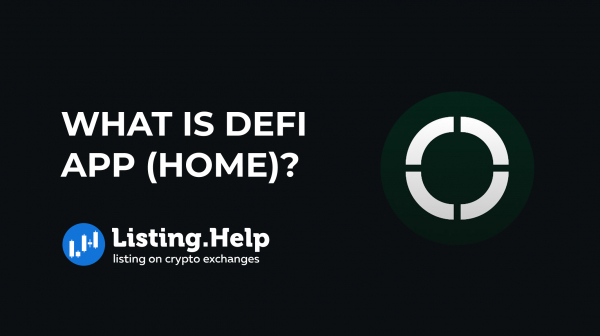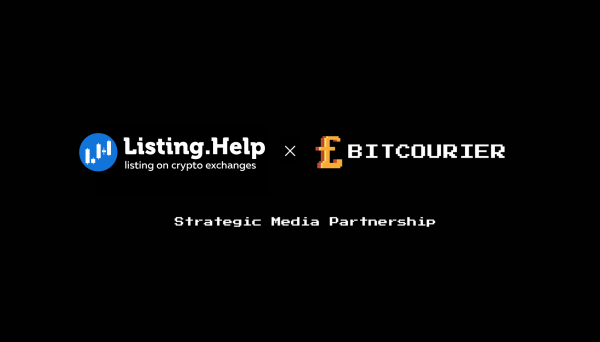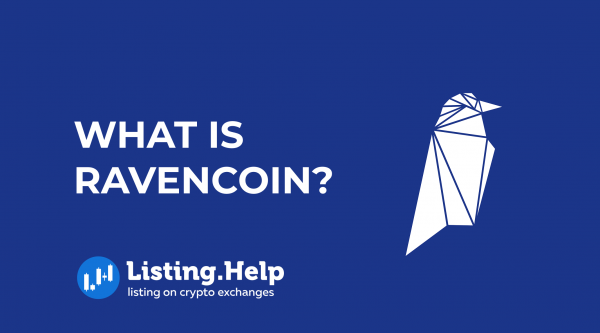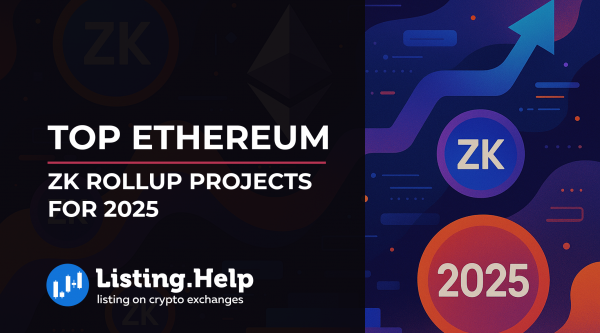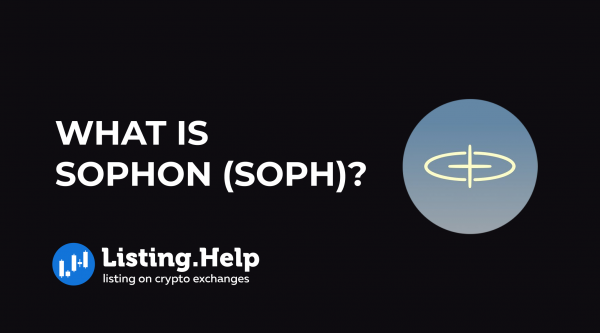What Are Zero-Knowledge Rollups?
 June 7, 2024
June 7, 2024 Updated: January 27 2025, 06:46
Updated: January 27 2025, 06:46
LEAVE A REQUEST
Launching your own token project? Our experts are ready to help with listing on exchanges, market making, marketing and other solutions
SUBMIT APPLICATIONBlockchains have often faced challenges in maintaining a high level of trust while being fast and cost-effective. To extend the advantages of this technology to billions of people, it’s crucial for them to handle significantly more transactions than they currently do, all while keeping costs low enough for everyday users to participate easily in the Web3 economy.
Improving scalability is a major focus in research and development. The aim is to make it robust enough to support critical sectors like finance, insurance, logistics, gaming, and beyond.
One method for scaling involves rollups, which handle computation and state off-chain while keeping transaction data on-chain. This article will explain a specific type of rollup known as a zk-rollup, how it enhances scalability and keeps costs down, and how it compares to other scaling methods.
Understanding Zk-Rollup
Zero-knowledge rollups (zk-rollups) are layer-2 scaling solutions that move computation and state off the main chain into off-chain networks but store transaction data on the main chain, or layer-1 network, like Ethereum. State changes are processed off-chain and validated on-chain using zero-knowledge proofs.
These rollups significantly boost transaction throughput and lower costs while maintaining the security of the layer-1 network they use for settlement. Rather than posting each transaction individually on-chain, zk-rollups periodically post validated batches of transactions from the layer-2 network to the layer-1. This method utilizes the security and censorship resistance of the main layer for transaction settlement. Additionally, rollups often employ data compression techniques to minimize the amount of data that needs to be posted on the layer-1 network.
How do Zero-Knowledge Rollups work?
Zero-knowledge rollups (ZK rollups) work by combining two main components: core infrastructure and execution process. These elements enable the rollups to scale Ethereum efficiently.
1. Core Infrastructure
– On-chain contracts: These smart contracts operate on Ethereum, managing rollup blocks, tracking deposits, and monitoring state updates from the ZK rollup. A verifier contract validates the zero-knowledge proofs submitted by block producers.
– Off-chain virtual machine: This component handles transaction computation and storage outside the main chain. Zero-knowledge proofs (ZKPs) allow the Ethereum-based verifier contracts to confirm the correctness of these off-chain computations.
2. Execution Process
– Sequencing: Sequencers, akin to node operators on Ethereum, execute transactions, bundle them into batches, and submit them to the ZK rollup contract. This step is known as sequencing.
– Proof generation: Operators create validity proofs to verify the correctness of the batched transactions.
– Proof verification: Using zk-SNARKs or zk-STARKs, the integrity of the zero-knowledge proofs is checked on-chain. The proof must demonstrate a sequence of valid transactions from the layer-1 pre-state root to the ZK rollup’s post-state root. Once verified, the post-state root is accepted and published on Ethereum.
Comparing ZK-Rollups and Optimistic Rollups
Optimistic rollups present an alternative layer-2 scaling solution with distinct differences from zk-rollups. Instead of relying on validity proofs, optimistic rollups utilize a fraud-proof mechanism, allowing users to contest the results of a rollup execution within a designated time frame.
For zk-rollups, state changes are verified cryptographically. In contrast, optimistic rollups assume transactions are valid unless disputed. When an optimistic rollup batch is submitted to the base layer, a challenge period ensues. During this window, anyone can dispute the transaction by generating a fraud proof. If successful, the transaction is re-executed and the rollup’s state is updated. If no challenges arise before the period ends, the batch is accepted as valid on layer 1.
The fraud-proof approach with a challenge period means that withdrawing funds from an optimistic rollup to layer 1 using a native bridge entails a waiting period, typically around seven days. To mitigate the user inconvenience of this delay, optimistic rollups can use liquidity providers. These providers allow quicker withdrawals by charging a small fee. Additionally, optimistic rollups implement economic incentives and game-theoretic strategies to prevent network spam from false fraud proofs.
Due to the relative simplicity and maturity of optimistic rollups, they have seen earlier adoption compared to zk-rollups. The technology behind optimistic rollups is easier to implement and carries a lower risk of bugs. However, zk-rollup supporters argue that their solution offers better long-term scalability, thanks to the cryptographic validity proofs that ensure higher security and reliability.
Advantages and Disadvantages of ZK-Rollups
Let’s explore the benefits and drawbacks of using zk-rollups.
Advantages of ZK-Rollups
1. Increased Throughput: ZK-rollups enhance transaction processing by offloading execution from the main chain to a more efficient environment, significantly improving throughput since transactions are not processed individually on-chain.
2. Reduced Congestion: By minimizing blockchain bloat, ZK-rollups facilitate more efficient Layer 1 operations. Full nodes only need to store zero-knowledge proofs, rather than all transaction data.
3. Lower Fees: Due to decreased congestion, ZK-rollups help in reducing overall transaction fees.
4. Security: ZK-rollups include mechanisms that allow users to withdraw funds even if the rollup network encounters issues, offering a level of security not found in sidechains, which might compromise funds during network failures.
5. Faster Challenge Period: Only the validity proofs within the rollups need verification, resulting in a quicker transaction challenge period.
Disadvantages of ZK-Rollups
1. Complexity: The primary drawback of ZK-rollups is their complexity. They are significantly more complicated to implement compared to optimistic rollups.
2. Dependence on Base Layer: Despite their efficiencies, ZK-rollups are still subject to the limitations of the underlying base layer.
3. Liquidity Fragmentation: Layer 2 solutions can lead to fragmented liquidity within the ecosystem. Insufficient liquidity in the base layer protocols can result in potential issues.
Conclusion
Scalability is often seen as the “holy grail” of blockchain technology. A system that doesn’t operate optimally serves little purpose. Both optimistic and zk-rollups offer elegant solutions to this persistent challenge. ZK-rollups, with their distinct approach, promise faster speeds, reduced congestion, and enhanced security. While they are complex, their potential is enormous. For anyone interested in the future of digital currency, understanding zk-rollups is essential.

For more insights on blockchain technology and other related topics, visit our blog at https://listing.help/blog.




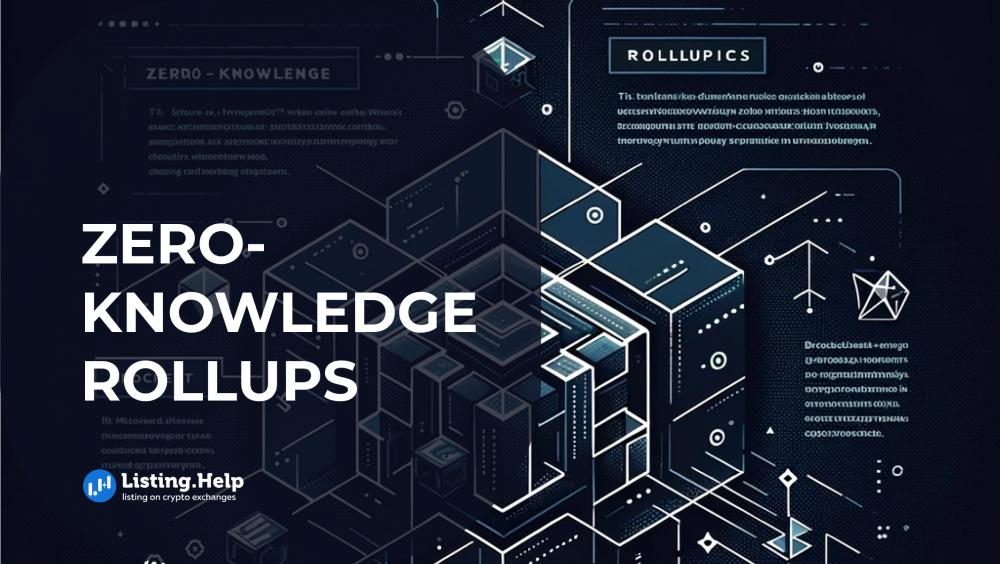

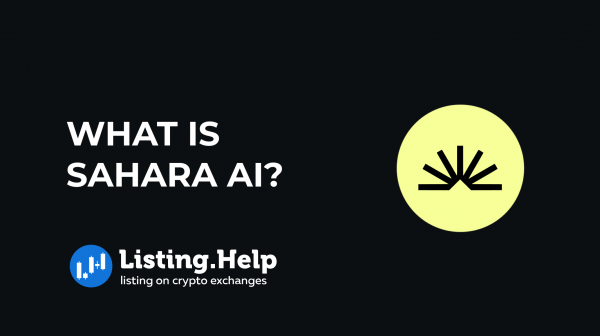
 July 2, 2025
July 2, 2025 